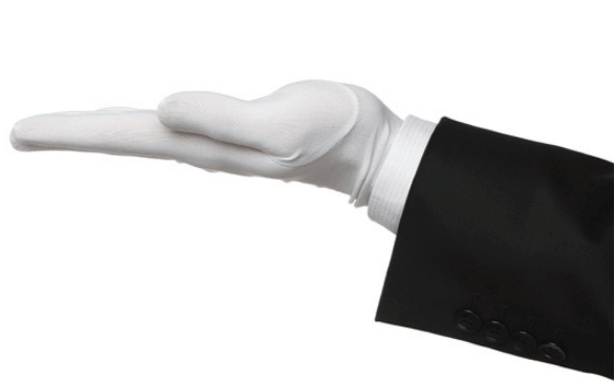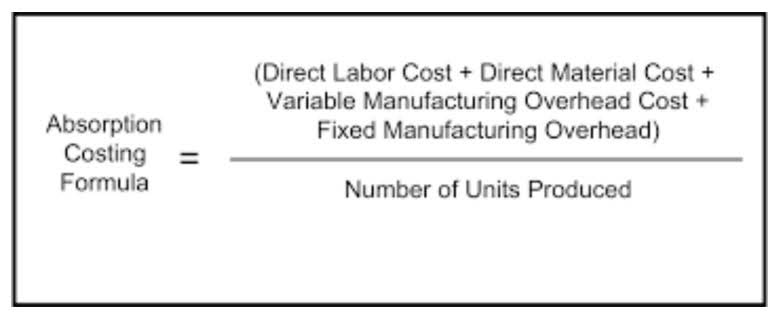Cash vs Accrual Accounting: Differences Explained

Accruals also affect the balance sheet, as they involve non-cash assets and liabilities. The Tax Cuts and Jobs Act increased the number of small business taxpayers who were entitled to use the cash basis accounting method. As of January 2018, small business taxpayers with average annual gross receipts of $25 million or less in the prior three-year period could use it. Larger companies are required to use the accrual method of accounting if their average gross receipt of revenues is more than $25 million over the previous three years.
Business Revenue and Accrual Accounting
Accrual accounting is encouraged by International Financial Reporting Standards(IFRS) and Generally Accepted Accounting Principles (GAAP). As a result, it has become the standard accounting practice for most companies except for very small businesses and individuals. In payroll, a common benefit that an employer will provide accrual basis for employees is a vacation or sick accrual. This means that as time passes, an employee accumulates additional sick leave or vacation time and this time is placed into a bank. Once the time is accumulated, the employer or the employer’s payroll provider will track the amount of time used for sick or vacation.
- When the consulting company provided the service, it would enter a debit of $5,000 in accounts receivable (debits increase an asset account).
- While cash accounting is a viable option and often a good fit for smaller businesses, accrual accounting generally provides a more comprehensive view of a company’s financial health.
- First, the method of accounting easily allows businesses to answer questions regarding annual revenue, expenses and financial losses.
- The alternative method for recording accounting transactions is the cash basis, where revenues are recorded when the related cash is received, while expenses are recorded when the related supplier invoices are paid for.
- In the accrual method of accounting, businesses will report income in the year it is earned, while expenses will also be recorded in the year they were incurred.
Accrued expense

If your business starts out making under $5 million but eventually grows to exceed that mark (hooray!), you’ll have to switch accounting methods, which is, trust us, an absolute mess. Accrued revenue occurs when a company has delivered a good or provided a service but hasn’t yet received payment. These accounts are often seen in the cases of long-term projects, milestones, and loans. However, as your business grows, you might need to switch to accrual accounting for a more accurate reflection of your financial health and to comply with GAAP if applicable.
- For accrued revenues, the journal entry would involve a credit to the revenue account and a debit to the accounts receivable account.
- For instance, certain businesses cannot use cash-basis accounting because of the Tax Reform Act of 1986.
- The offset to accrued revenue is an accrued asset account, which also appears on the balance sheet.
- When the entity performs the services or delivered goods to customers, then we need to debit deferred revenue to release liabilities and credit revenue to recognize sales revenues.
- Accrual accounting also influences the calculation and interpretation of various financial ratios and indicators that stakeholders use to analyze a company’s performance and financial health.
Example of Reporting Revenues Under the Accrual Basis of Accounting
Large companies that sell goods on credit may continue to receive revenue over a long period of time from goods that were sold earlier. Recording such transactions when the payments occur would reflect an inaccurate picture of the company’s financial position, whereas the financial markets require timely and accurate reporting of a company’s finances. Therefore, a business that uses the cash accounting method may not always present the most accurate view possible of its real financial position. The accrual method https://www.bookstime.com/ of accounting is based on matching revenues against expenses in the period in which the transaction takes place, instead of when the payment is processed, which is the procedure with cash accounting. The accrual method requires businesses to factor in “allowance for doubtful accounts” since goods are delivered to customers prior to payments being received, and some customers may fail to pay. Let’s assume that I begin an accounting business in December and during December I provided $10,000 of accounting services.

These documents reveal when you receive payments and any invoices that are still outstanding. Likewise, you can show which bills your business has already paid and any expenses or liabilities that have yet to be dealt with. This method makes it easy to keep the unique situation of each sale or bill up to date, making adjustments when each item is satisfied or keeping notes of anything still outstanding. FreshBooks is an accounting software service with affordable tier options aimed at freelancers and small businesses.
Understanding Accruals
Of course, if your business makes under $5 million a year or you’re an individual freelancer with a handful of small yearly projects, cash-basis could work for you. Cash accounting is the easier of the two methods, as organizations only need to record transactions when cash is exchanged. For most companies, however, this method doesn’t provide an accurate view of financial health. The electricity company needs to wait until the end of the month to receive its revenues, despite the in-month expenses it has incurred.
